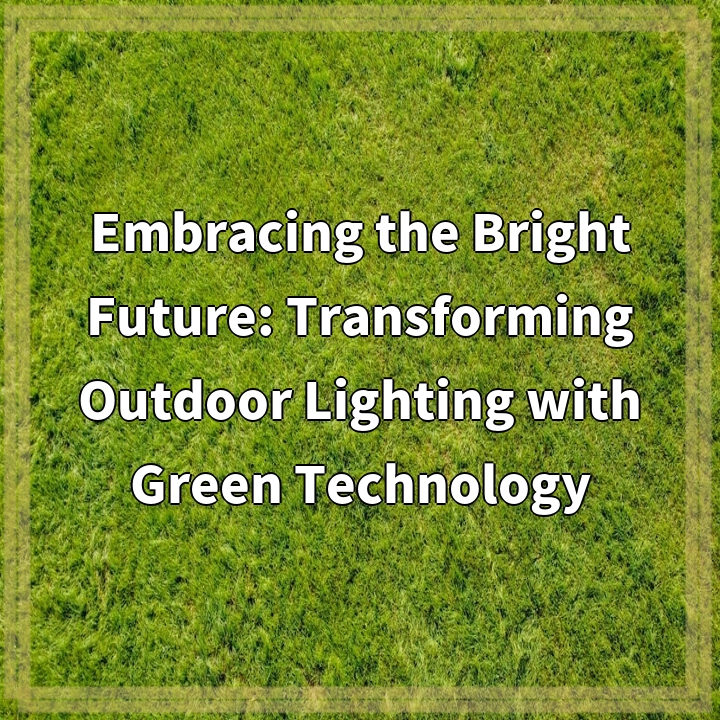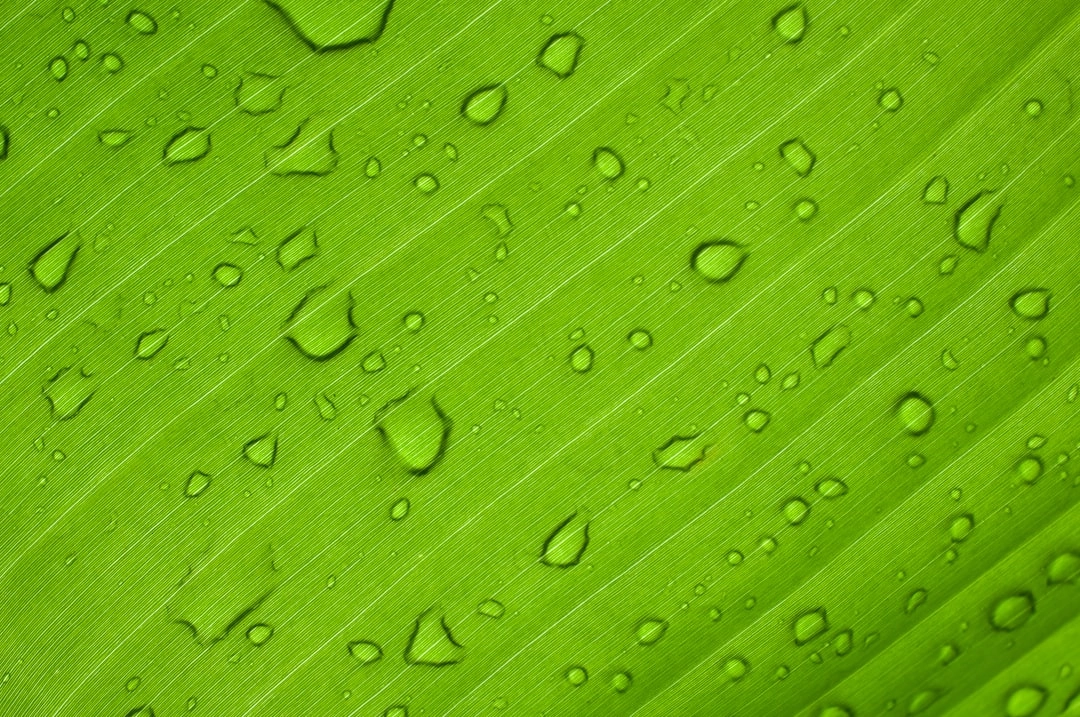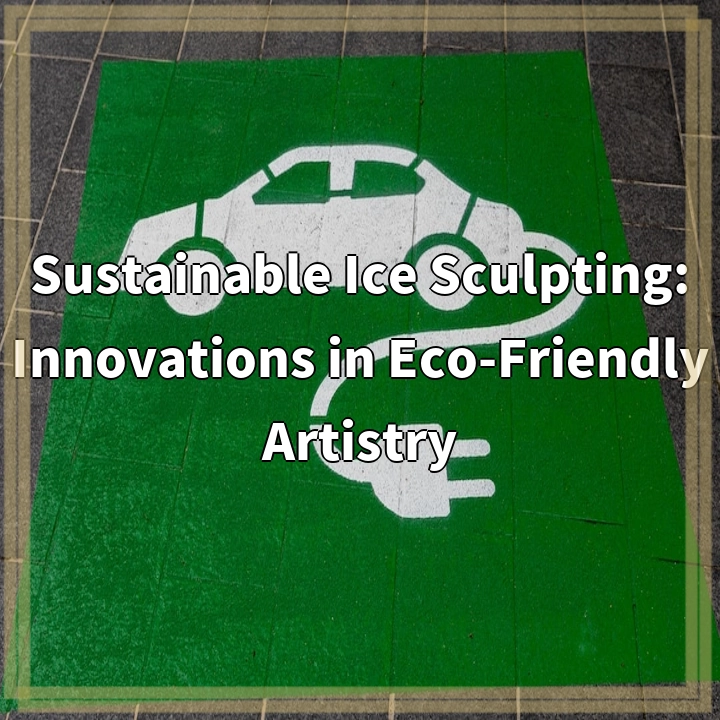
What is Green Technology in Outdoor Lighting?
Green technology in outdoor lighting refers to the use of sustainable and energy-efficient solutions for illuminating outdoor spaces. It involves the adoption of innovative technologies that reduce energy consumption, minimize light pollution, and have a decreased impact on the environment.
Real-World Problems with Traditional Outdoor Lighting
Traditional outdoor lighting systems have several drawbacks that make them unsustainable and inefficient. These problems include:
High Energy Consumption:
Traditional outdoor lighting solutions, such as incandescent bulbs or high-pressure sodium lamps, consume a significant amount of energy. This not only leads to high electricity bills but also contributes to environmental pollution and greenhouse gas emissions.
Light Pollution:
Conventional outdoor lighting often creates excessive and poorly directed light, leading to light pollution. This not only affects wildlife and disrupts their natural habitats but also hinders the visibility of stars and celestial objects in the night sky. Light pollution also has detrimental effects on human health, including disturbed sleep patterns and increased risks of certain diseases.
Waste of Resources:
Traditional outdoor lighting systems are designed to operate for long hours, even when there is no need for full illumination. This results in a waste of resources as energy is being consumed unnecessarily. Moreover, the lifespan of traditional lighting components is often shorter, leading to more frequent replacements and generating additional waste.
Maintenance Challenges:
Outdated outdoor lighting systems require regular maintenance, which not only adds to the cost but also causes interruptions and inconvenience, especially in public spaces. Frequent maintenance activities such as bulb replacements and repairs contribute to the overall carbon footprint of the lighting infrastructure.
Embracing Green Technology: Solutions for a Bright Future
Adopting green technology in outdoor lighting offers numerous solutions to overcome the real-world problems mentioned above. These solutions include:
LED Lighting:
The use of energy-efficient LED (Light Emitting Diode) bulbs has revolutionized outdoor lighting. LEDs consume significantly less energy than traditional lighting sources, resulting in lower energy costs and reduced environmental impact. LED lights are also highly versatile, offering different color temperatures and beam angles to suit specific outdoor lighting needs.
Smart Lighting Systems:
Implementing smart lighting systems allows for greater control and automation of outdoor lighting. These systems use sensors and advanced algorithms to adjust lighting levels based on real-time conditions such as ambient light, movement, and occupancy. Smart lighting systems can also be programmed to dim or turn off lights during periods of low activity, saving energy and reducing light pollution.
Solar-Powered Lighting:
Utilizing solar-powered outdoor lighting fixtures reduces reliance on the electrical grid and minimizes carbon emissions. These fixtures incorporate solar panels that harness energy from the sun during the day, storing it in batteries to power the lights at night. Solar-powered lighting is particularly beneficial in remote areas where connecting to the electricity grid may be challenging or expensive.
Lighting Design and Placement:
Careful planning and design of outdoor lighting can help minimize light pollution and optimize lighting efficiency. By using directed lighting and shields to prevent glare and unwanted light spillage, outdoor spaces can be illuminated while minimizing the negative impacts on wildlife, human health, and the night sky.
Conclusion
Embracing green technology in outdoor lighting enables us to create a brighter future that is sustainable, energy-efficient, and environmentally friendly. By addressing the real-world problems associated with traditional outdoor lighting, we can minimize energy consumption, reduce light pollution, and pave the way for a more harmonious coexistence between humans and nature.

Solutions: Embracing Green Technology in Outdoor Lighting
Embracing green technology in outdoor lighting offers a range of solutions to overcome the real-world problems associated with traditional lighting systems:
1. LED Lighting:
Switching to energy-efficient LED bulbs reduces energy consumption, lowers costs, and minimizes environmental impact. LED lights also offer versatility in color temperature and beam angles.
2. Smart Lighting Systems:
Implementing smart lighting systems with sensors and advanced algorithms allows for automated control of outdoor lighting, adjusting levels based on real-time conditions. Smart systems save energy and reduce light pollution.
3. Solar-Powered Lighting:
Utilizing solar-powered lighting fixtures, which harness and store energy from the sun, reduces reliance on the electrical grid and minimizes carbon emissions. Solar-powered solutions are especially beneficial in remote areas.
4. Lighting Design and Placement:
Careful planning and design considerations help minimize light pollution and optimize lighting efficiency. Using directed lighting, shields, and proper placement can reduce glare and unwanted light spillage.
By implementing these solutions, we can create a brighter and sustainable future for outdoor lighting, minimizing energy consumption, reducing light pollution, and promoting a harmonious coexistence between humans and nature.















